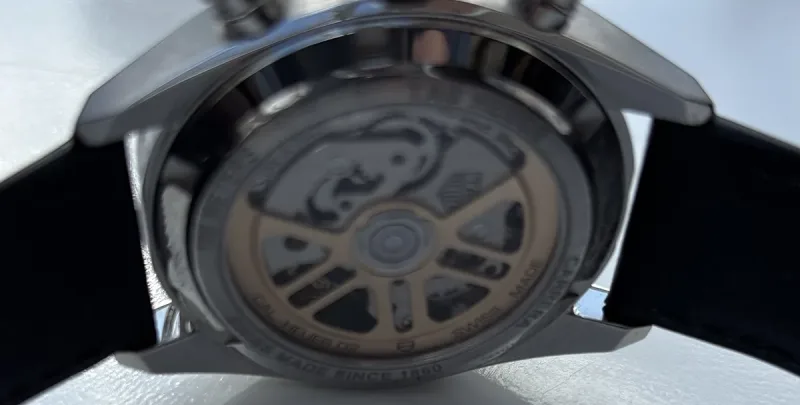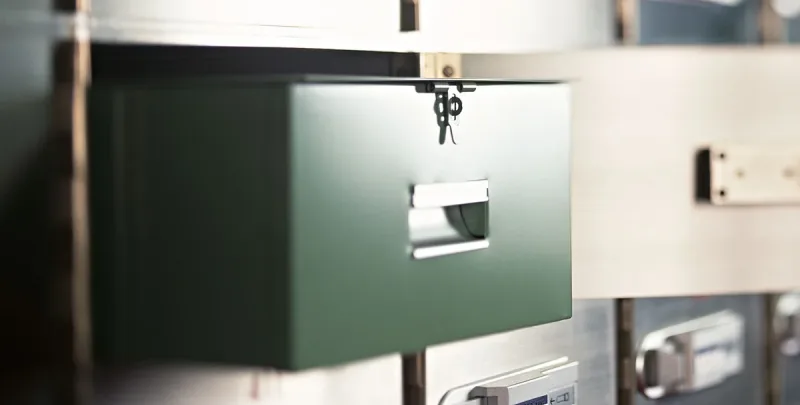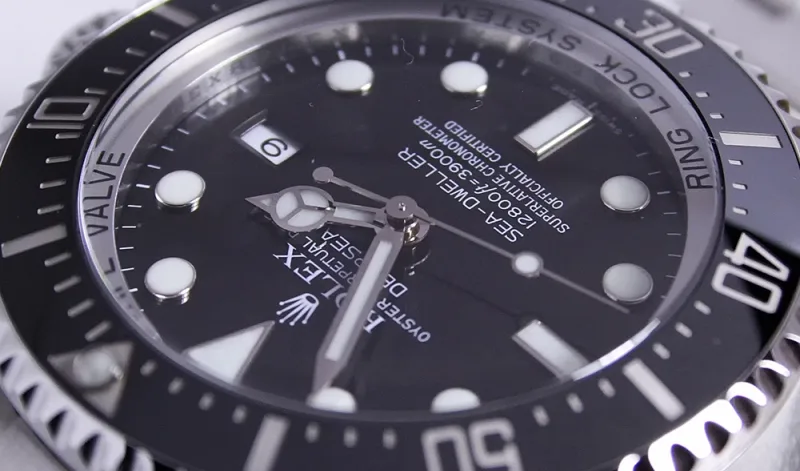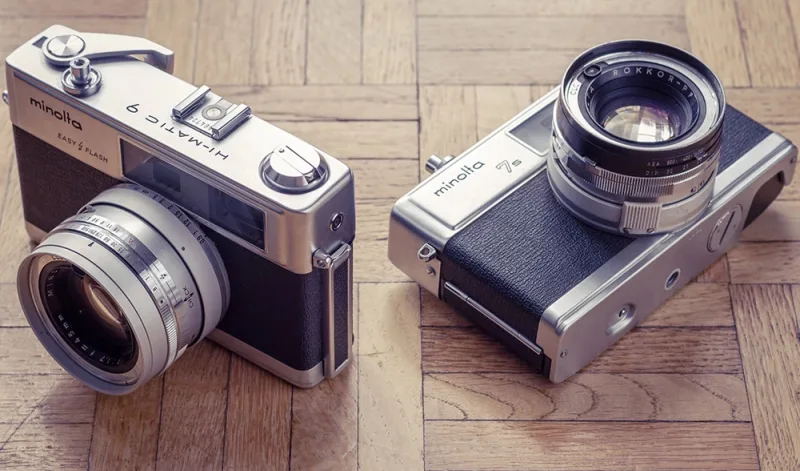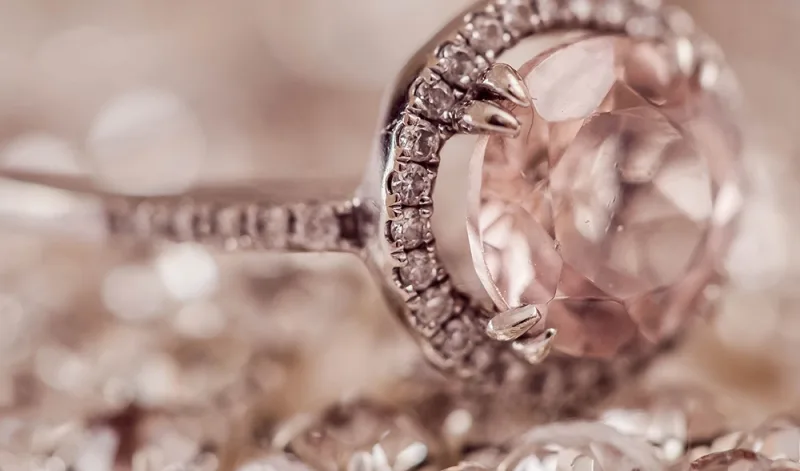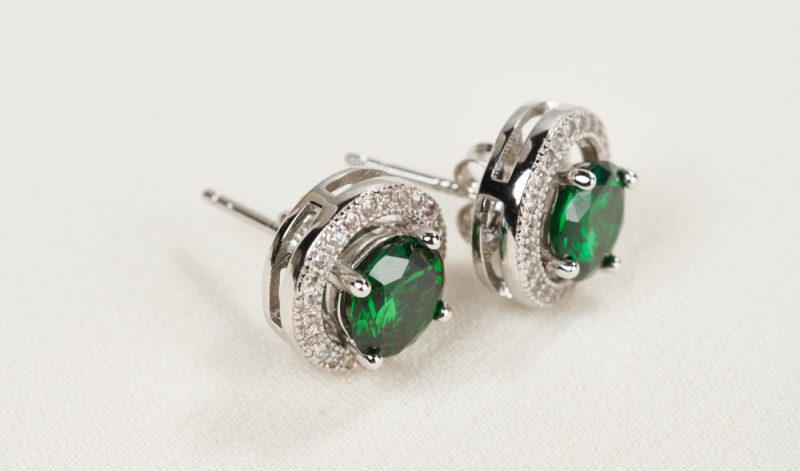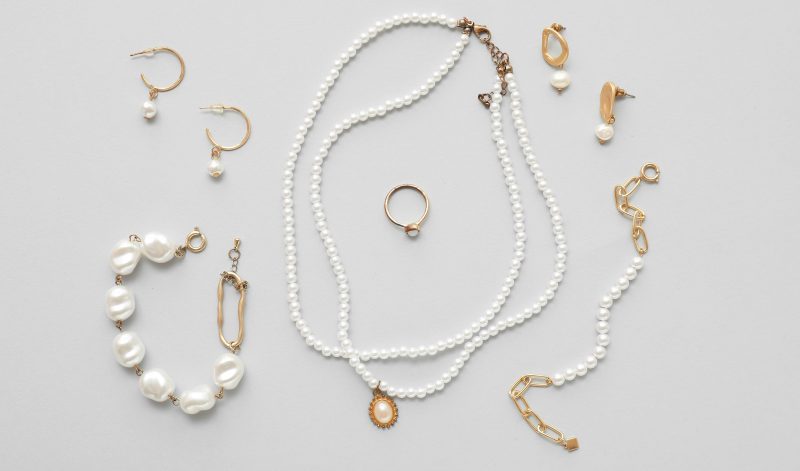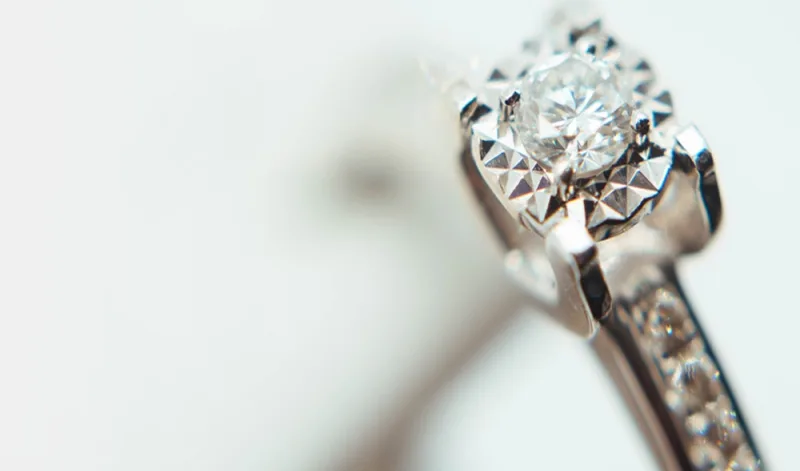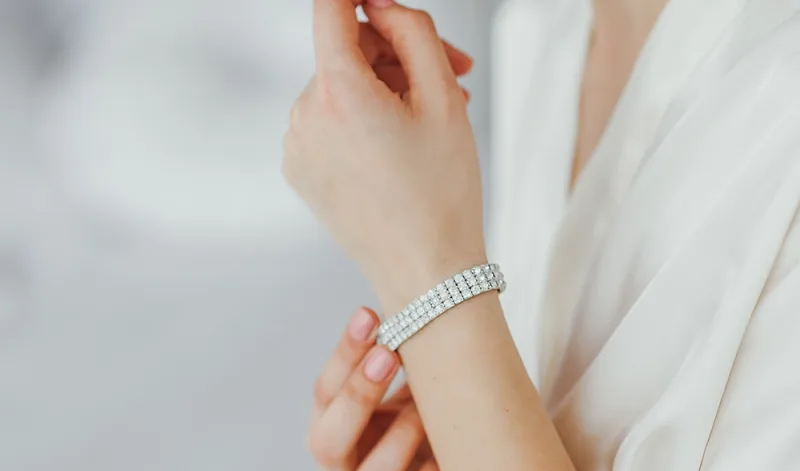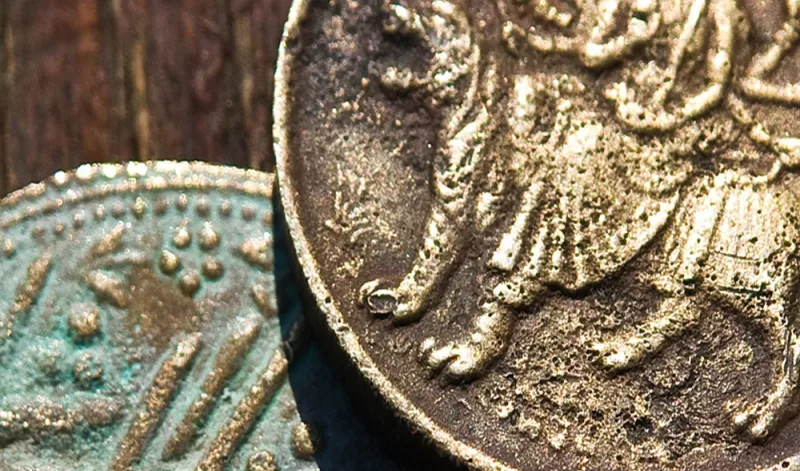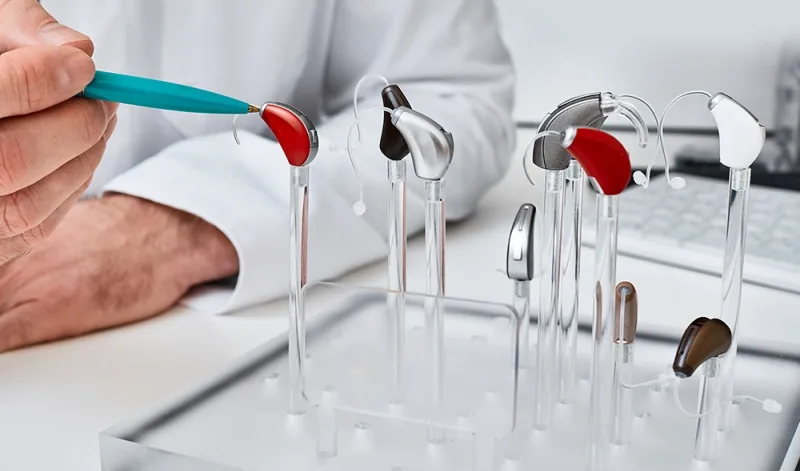Firstly,
let’s consider what an automatic watch movement actually is. Mechanical
watches can be “manual”- where you have to wind the watch up yourself,
usually each day, or, self-winding (automatic). An automatic watch winds
it’s spring purely through the movements of the wearer. The movement of
the watch will consist of a weight (known as the rotor) which turns on a
pivot. The rotor is usually fairly easy to spot inside the watch as it
is semi-circular in shape and it is it’s back and forth movement which
transfers energy via a series of gears thus enabling the main spring to
be wound. During the course of the day, as the wearer moves around, the
watch is kept “charged”. It will keep a “power reserve” so during the
night, when it is not being worn it will keep working. An unworn
automatic watch will probably run for two days without stopping.
A variant on the automatic self-winding movement is the “kinetic
watch” which has less moving parts and transfers energy to a capacitor
as the wearer moves. So why does an automatic watch have to be wound at
all? In simple terms, it has to be wound to start it working in the
first place, and there are times when it will be unworn, and thus the
power reserve will run down. Before giving an explanation, I must point
out that older style automatic movements can easily be over wound, this
can lead to excessive tension on the mainspring which may cause
inaccurate time keeping or worse, the spring to break. More modern
automatic watches have a brake fitted to the mechanism to prevent over
winding. If you are not sure if your movement has a brake, proceed with
caution and do not overwind. In simple terms, you can wind an automatic
watch by turning the crown (the small circular metal knob located on the
side of a watchcase at the three o’clock position. Many people
experience problems with this feature of an automatic watch but having
an understanding the type of crown you have will really help.
Type of Automatic Watch Crown.
Basically there are two types.
1- Pull out and push in– This is the easiest and
most common, you simply pull the crown out to the position corresponding
to the alteration you want to make. Typical crown positions are 1-
winds the watch 2- changes the date- 3- changes the time. When you have
finished making your adjustment simply push the crown back in again to
it’s original position.
2- The screw down crown- These types of crown are
usually fitted to waterproof or diving watches to provide an extra
degree of waterproofing around the vulnerable stem/crown area. You
release the crown by turning in a Counterclockwise direction, then
pulling out the crown and adjusting as per normal. Always remember to
tighten the crown after adjustment or your watches waterproof
capabilities may be compromised.
Most watches can be would by turning the crown clockwise, however,
movements can be either unidirectional (can be wound clockwise or
counter clockwise but not both) or bidirectional (can be wound in either
direction) Always try to identify your watch movement and discover how
it needs to be wound. Once you have identified the correct position for
winding the watch, use your thumb and forefinger to turn the crown,
although carrying out this function with the watch on your wrist is
possible, many people find it awkward, you can wind your watch by
holding it in your hands (about 20 or 30 winds should be sufficient).
Wearing the watch immediately afterwards will start the automatic
movement. Automatic Watch Winders. Although this might seem like the
height of laziness, automatic watch winders can be obtained which will
make sure your watch stays fully would when you are not wearing it. For
some automatic watches with complications like moon phases, keeping the
watch working can be preferable. The automatic watch winder is designed
to mimic the action of a watch that is being worn. The watch is held at a
precise angle whilst being rotated. Most come with a timer function, so
the watch is never fully wound
Assetsure specialise in providing insurance for single items of
jewellery. We can cover your watch without the need to insure the
remainder of your home contents. For a watch insurance quote, contact us today on 0208 0033 190 or click here for our online watch insurance quote enquiry form.
